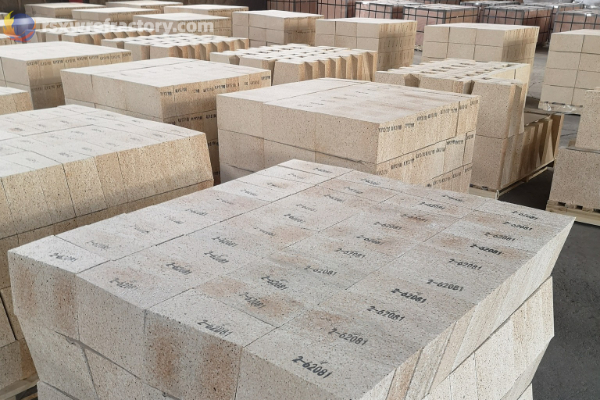In the realm of industrial applications, the choice of furnace lining materials plays a crucial role in ensuring operational efficiency and durability. Among various factors, mechanical strength stands out as a key determinant influencing the performance and longevity of these materials.
Mechanical strength refers to the ability of a material to withstand applied forces without deformation or failure. In the context of furnace linings, it encompasses various properties, including compressive strength, tensile strength, and flexural strength. These properties are essential for enduring high-temperature environments and thermal cycles often encountered in industrial processes.
.jpg)
The mechanical strength of furnace lining materials directly affects their ability to withstand thermal shock and mechanical wear. Higher mechanical strength materials offer better resistance to cracking and spalling, leading to improved operational life and reduced maintenance costs. Investing in materials with superior mechanical properties can result in substantial long-term savings and enhanced productivity for industrial operations.
When selecting furnace lining materials, it is imperative to consider the specific operational conditions. Factors such as temperature fluctuations, chemical exposure, and mechanical loading dictate the choice of material. Refractory bricks and high-temperature resistant cement are commonly utilized in scenarios demanding high mechanical strength.

In conclusion, understanding the impact of mechanical strength on furnace lining materials is essential for optimizing industrial processes. By selecting materials with enhanced durability and thermal stability, businesses can improve their operational efficiency and extend the lifespan of their equipment.
.jpg)
